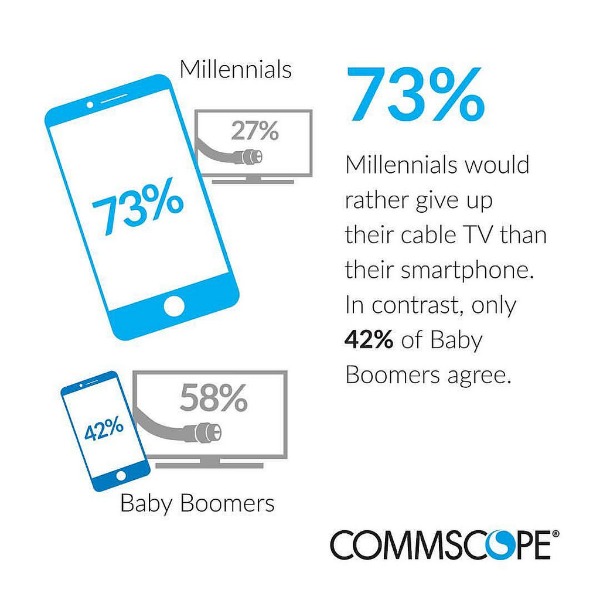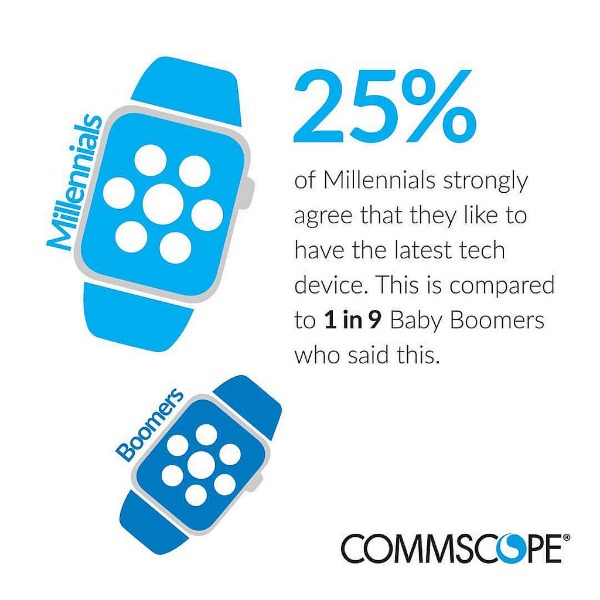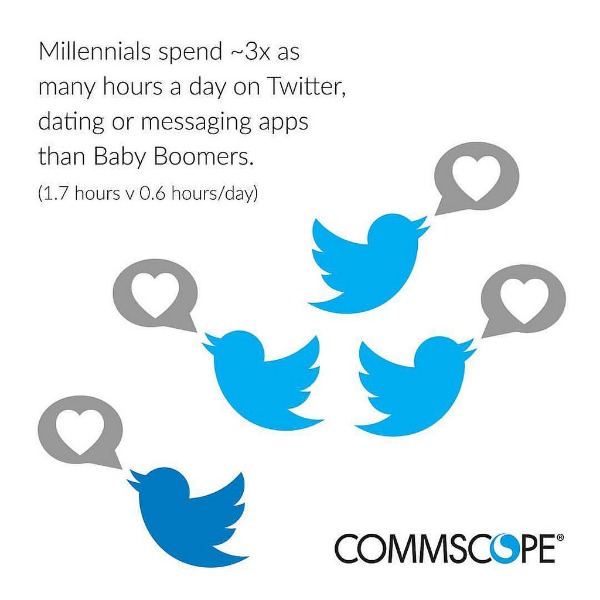Tech Design for Seniors
 In my previous post, I wrote about andragogy, the theories behind adult learning. Today, I'm writing about what might seem like an extension of andragogy, especially when dealing with technology.
In my previous post, I wrote about andragogy, the theories behind adult learning. Today, I'm writing about what might seem like an extension of andragogy, especially when dealing with technology.
Many (too many) people assume that learning about and using technology is very different for older adults. I am a "Baby Boomer," one of a large group born between 1946 and 1964. I consider myself to be very well versed in technology, but fter all, I have been using and teaching with and about technology for 40 years. But many of my peers are not so comfortable with technology and often come to me for recommendations and help.
Some companies have realized that generally companies and probably educational institutions are underinvesting in, and underserving, older adults. On the educational side, this is a great disservice to this large group of people. But on the marketing side, companies (and colleges?) have discovered a large market and opportunity with the growing over-65 population.

There are approximately 46 million people aged 65 and over living in the United States, and that number is projected to more than double to 98 million by 2060.
This group grew up with 20th century technology that has radically changed in their lifetime. Think of the present-day automobile or phone. They adapted to banking via an ATM and cooking with a microwave — though they may still prefer a teller and a gas oven.
Looking back on those andragogical principles and moving the adult number up 44 years, some seem particularly relevant. For example, when the content and processes have a meaningful relationship to their past experience.
Designers and technology entrepreneurs are most often in their 20s, 30s or 40s. They are not thinking about older generations. But they should.

Trackbacks
Trackback specific URI for this entryThe author does not allow comments to this entry
Comments
No comments